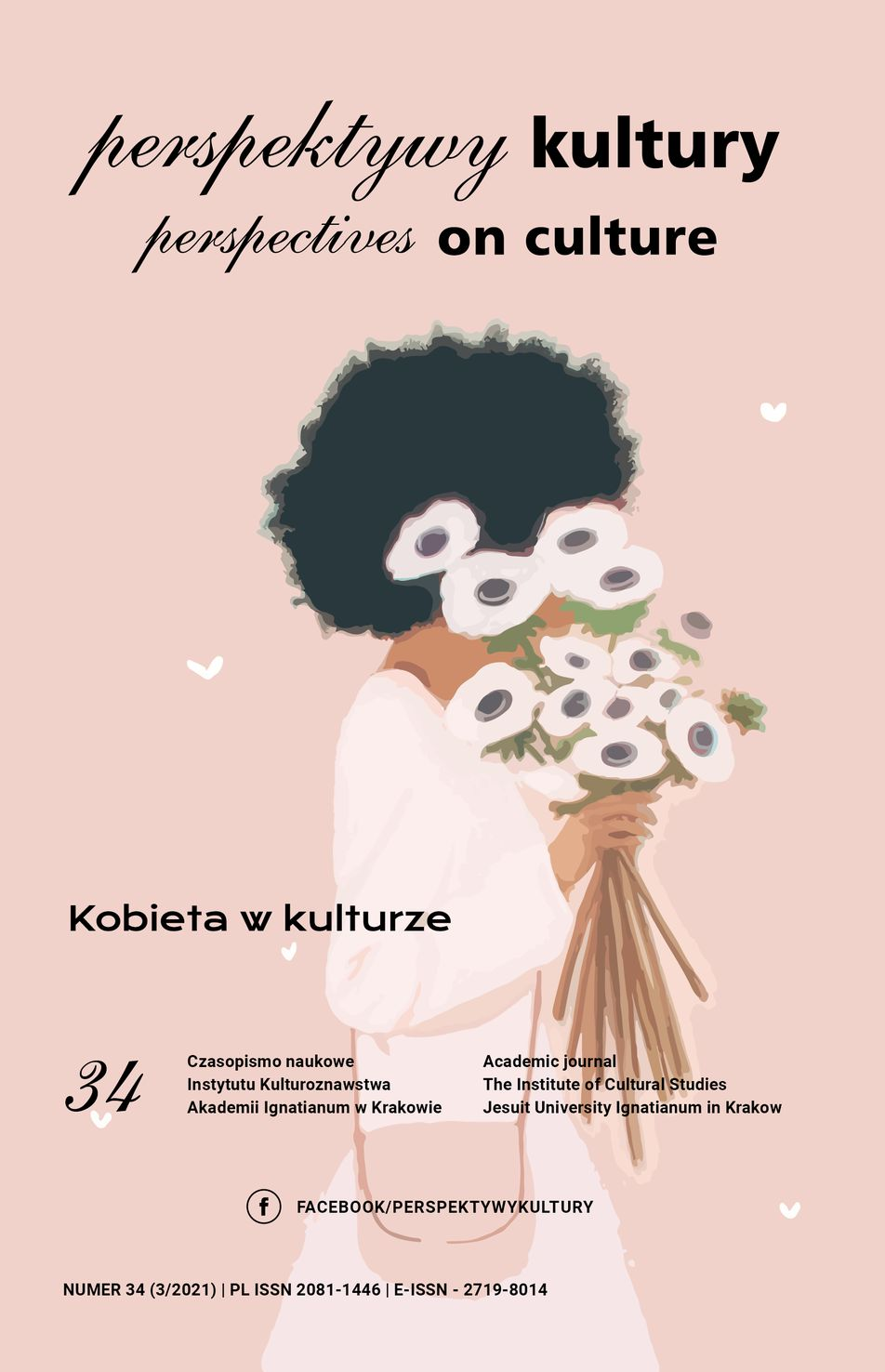Film Adaptations of Polish Youth Literature of the 21st Century as a System of Cultural Codes
Abstract
The article analyzes film adaptations of Polish youth literature published in the 21st century and indicates contemporary Polish productions’ cultural codes aimed at young audiences. The following issues appeared attractive: features of works most readily adapted, trends visible in film adaptations understood as reinterpretations of book pre-texts.
The researcher used source analysis (film material, streaming services) and a case study. The researcher also used the statistical method to film adaptations’ availability and popularity among young audiences. The study was conducted using the questionnaire technique, and the tool was an electronic questionnaire addressed in the first case to the 14–16 age group. The second questionnaire was addressed to undergraduate students and included a set for writing associations. The analysis of the material refuted the research hypothesis that in contemporary Poland, literary works for young people are eagerly used and adapted for full-length films’ needs. It turned out that the few exceptions were primarily adaptations of fantasy and science-fiction genres. The analysis of cultural codes showed that they form a set of interrelated meanings. This system is dominated by family and friendship relationships, family home, travels, and clock measuring.
References
Barthes, R. (1992). Problem znaczenia w filmie. W: A. Helman i J. Ostaszewski (red.), Film: język – rzeczywistość – osoba. Antologia. Warszawa: Zakład Semiotyki Logicznej Uniwersytetu Warszawskiego „Znak, Język, Rzeczywistość”, Polskie Towarzystwo Semiotyczne.
Czechowski, J. (2007). Funkcje edukacyjnej literatury dla dzieci i młodzieży. Kultura i Edukacja, nr 2.
Film „Dzień czekolady” z terapeutycznym przesłaniem to idealny prezent na Dzień Dziecka! (b.d.). Pozyskano z: https://qlturka.pl/2019/05/30/film-dzien-czekolady-z-terapeutycznym-przeslaniem-to-idealny-prezent-na-dzien-dziecka/ (dostęp: 31.03.2021).
Gęborska, M. (2013). Laureaci nagród państwowych za twórczość literacką dla dzieci i młodzieży w PRL-u. W: K. Heska-Kwaśniewicz i K. Tałuć (red.), Literatura dla dzieci i młodzieży (1945–1989). T. 3. Katowice: Wydawnictwo UŚ, 190–215.
Gęborska, M. (2019). Model biblioteki aktywnie promującej książkę dziecięcą. Katowice: Wydawnictwo UŚ.
Kopaliński, W. (1990). Słownik symboli. Warszawa: Wiedza Powszechna. McFarlane, B. (1999). Tło, problemy i nowe propozycje. Kwartalnik Filmowy, nr 26–27, 28–29.
Pelc, J. (1982). Wstęp do semiotyki. Warszawa: Wiedza Powszechna, 141–174. Platformy streamingowe w Polsce oblężone (2020). Pozyskano z: https:// cyfrowa.rp.pl/biznes/45484-platformy-streamingowe-w-polsce-oblezone-pomagaja-im-problem-kin (dostęp: 31.03.2021).
Rapaille, C. (2019). Kod kulturowy. Warszawa: MT Biznes.
Szewczuk, W. (red.). (1998). Encyklopedia psychologii. Warszawa: Fundacja Innowacyjna.
Copyright (c) 2021 Jesuit University Ignatianum in Krakow

This work is licensed under a Creative Commons Attribution-NoDerivatives 4.0 International License.
Autor, zgłaszając swój artykuł, wyraża zgodę na korzystanie przez Wydawnictwo Uniwersystet Ignatianum z utworu na następujących polach eksploatacji:
- utrwalania utworu w formie papierowej, a także na nośniku cyfrowym lub magnetycznym;
- zwielokrotnienia utworu dowolną techniką, bez ograniczenia ilości wydań i liczby egzemplarzy;
- rozpowszechniania utworu i jego zwielokrotnionych egzemplarzy na jakimkolwiek nośniku, w tym wprowadzenia do obrotu, sprzedaży, użyczenia, najmu;
- wprowadzenia utworu do pamięci komputera;
- rozpowszechniania utworu w sieciach informatycznych, w tym w sieci Internet;
- publicznego wykonania, wystawienia, wyświetlenia, odtworzenia oraz nadawania i reemitowania, a także publicznego udostępniania utworu w taki sposób, aby każdy mógł mieć do niego dostęp w miejscu i czasie przez siebie wybranym.
Wydawca zobowiązuje się szanować osobiste prawa autorskie do utworu.





